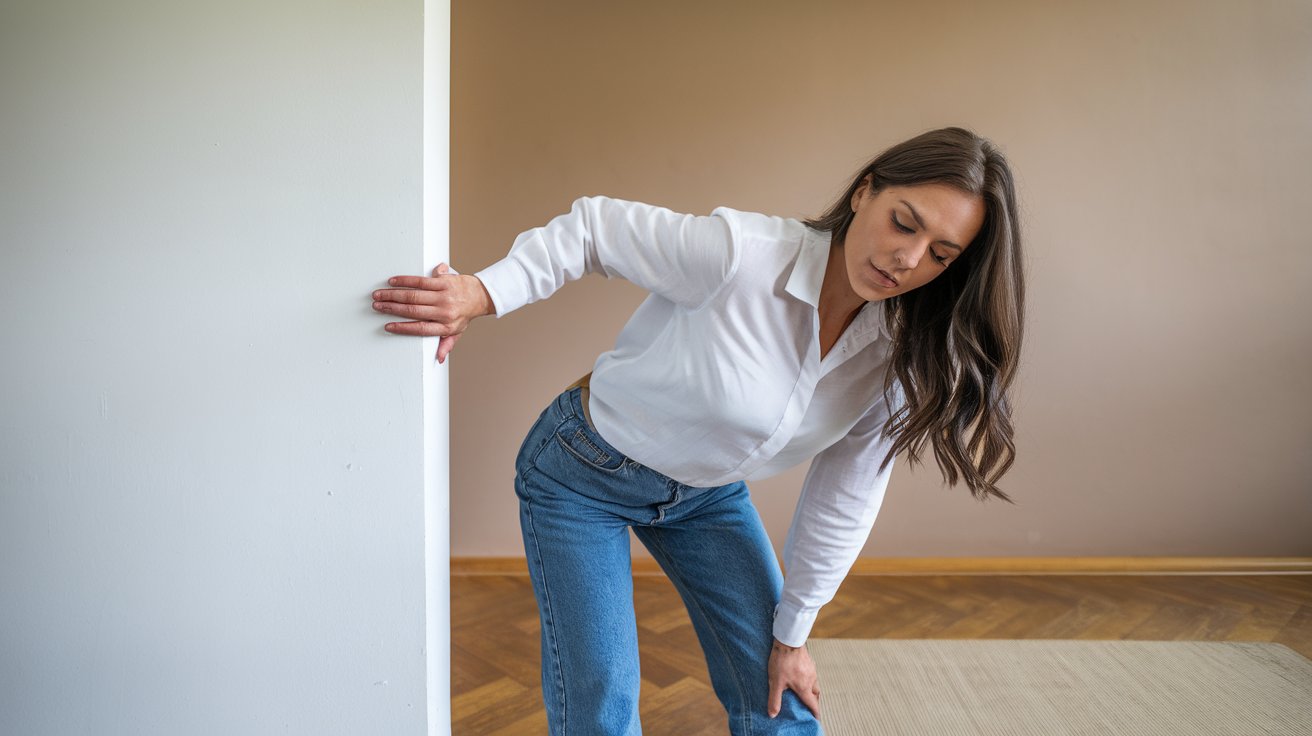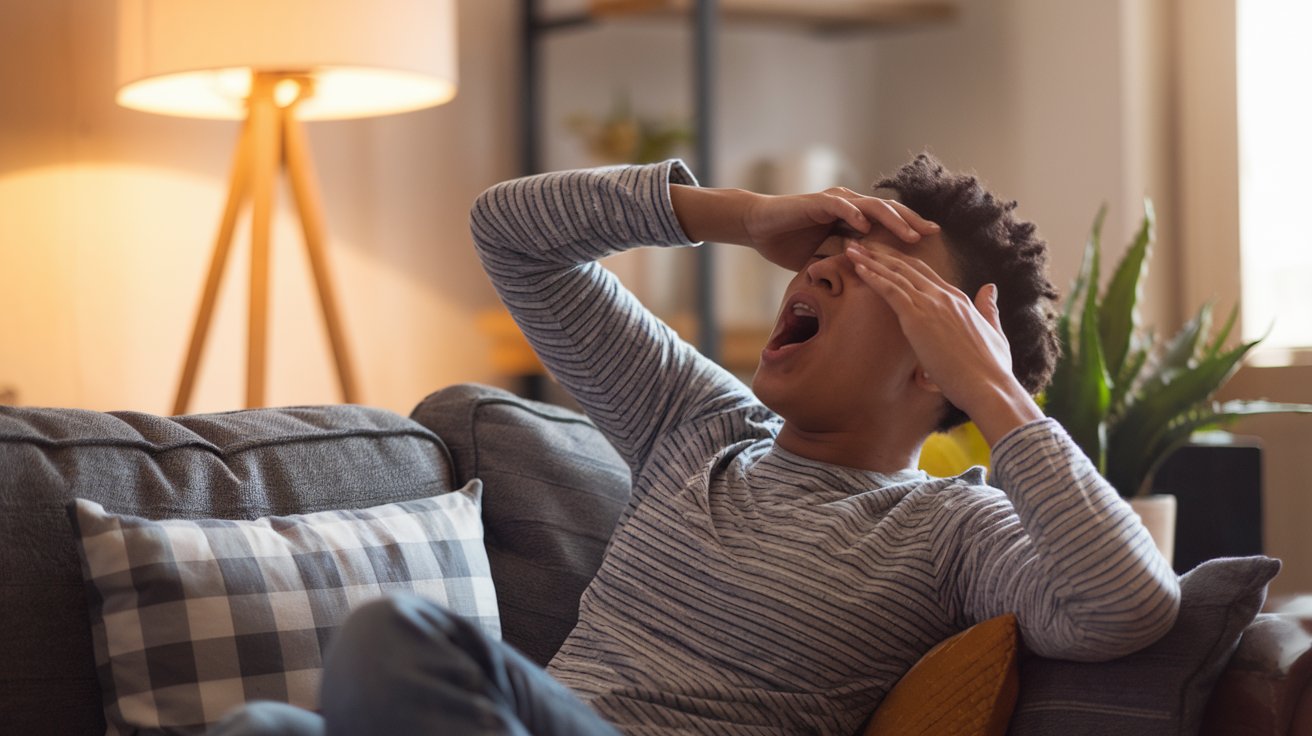
A groundbreaking study conducted by the University of Turku in Finland suggests that reducing daily sitting time could significantly help prevent the worsening of back pain. This study, which spanned six months, involved 64 adults classified as overweight or obese, with participants engaging in less than two hours of moderate to vigorous physical activity per week. Researchers found that even a modest decrease in sedentary behavior, coupled with increased physical activity, led to notable improvements in back pain symptoms.
Participants were divided into intervention and control groups. Those in the intervention group increased their moderate to vigorous physical activity by 20 minutes per day and reduced their sedentary time by 40 minutes daily. Over the course of the study, these individuals experienced less increase in back pain compared to the control group, highlighting the potential benefits of reducing sitting time.
The study’s findings are particularly relevant given the widespread prevalence of back pain in the United States. Approximately 80-90% of Americans experience back pain at some point in their lives.
“Back pain is very common, about 80-90% of people in the U.S. will have back pain at some point during their life. Pain tends to increase with age and the statistics showed that the percentage would range from 28% for age 18-29, 35% among age 30-45, 45% among age 45-64 and 46% for those ages 65 and above.” – Medhat Mikhael, MD
The study’s authors emphasize that there is no specific threshold for a ‘safe’ amount of sitting, but they stress the importance of altering sedentary habits. The trial did not consider participants’ pain history and only measured pain and disability at the beginning and end of the six-month period. Despite these limitations, the results indicate that cutting down on sitting time can improve back pain symptoms.
A notable finding from the study was the link between increased daily steps and improved glucose uptake in paraspinal muscles. This suggests that even small increases in physical activity can have positive effects on both back pain and overall health.
Healthcare providers may find this study’s insights valuable. Encouraging patients, particularly those with mild symptoms, to reduce their daily sitting time could be an effective strategy to manage back pain.
“For healthcare providers, the study suggests that recommending less sitting could help prevent worsening back pain, particularly in patients with mild symptoms. However, to achieve better results, reducing sitting should be combined with other strategies like increasing physical activity, strength training, and managing emotional responses.” – Michael Wheeler, MD
The researchers recommend incorporating physical activities such as walking or more vigorous exercise into daily routines rather than merely standing up. This aligns with existing evidence that physical activity is crucial for managing back pain and maintaining overall health.
Interestingly, the study found that participants reduced their sitting time by an average of 40 minutes per day during the six-month period. This change alone was associated with less progression of back pain symptoms, underscoring the potential benefits of simple lifestyle adjustments.
The connection between age and back pain is well-documented, with older individuals being more likely to experience discomfort. Statistics indicate that back pain affects 28% of individuals aged 18-29 and increases to 46% for those aged 65 and above. These findings suggest that interventions targeting sedentary behavior could be particularly beneficial for older adults.
Featured Image courtesy of Ideogram





Leave a Reply